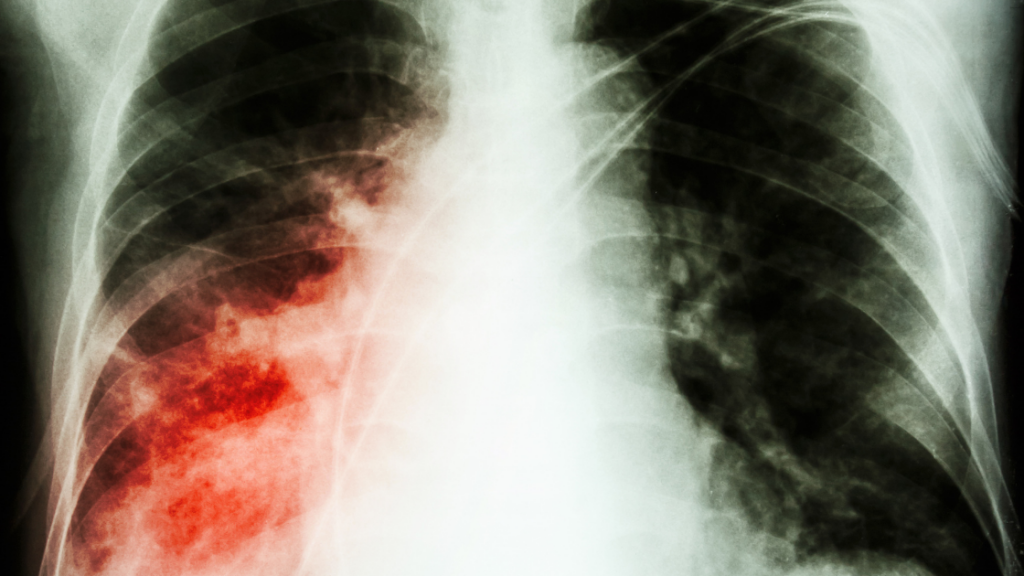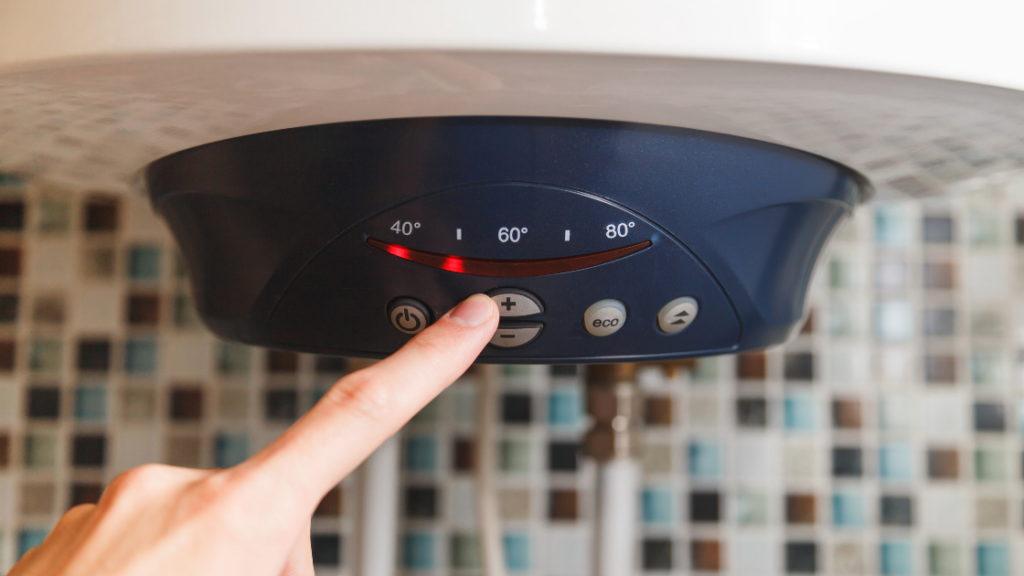What is legionella bacteria?
Legionella was first discovered in 1976 and is found in naturally freshwater environments such as lakes and streams. This bacterium can become a serious health concern when they start to grow within man-made water systems.
What is legionnaires disease?
Legionnaires’ disease is one of the illnesses caused by inhaling water droplets containing legionella bacteria, the other illness being Pontiac fever. Legionnaires’ disease is an infection of the lungs and is pretty similar to other types of pneumonia – the most common symptoms are a cough, a high temperature, chest pains, muscle aches and finding it difficult to breathe. While the disease is incubating, there may only be mild, flu-like symptoms. Legionnaires’ disease is usually diagnosed through a urine test but can also be detected through a chest scan.
The illness is primarily treated with antibiotics but those severely affected can also require additional oxygen or the use of a respirator. The mortality rate of legionnaires disease is about 1 in 10 of those who become ill. Although it is possible for young and healthy people to be affected by the illness, older adults and those with compromised immune systems are at much higher risk of developing this form of pneumonia.

How long does legionella bacteria take to grow?
The rate of the bacteria’s growth varies widely depending on what conditions it grows under. The ideal conditions for legionella’s growth and spread are stagnant water between 20°C and 45°C. According to experts at the Institution of Occupational Safety and Health, bacteria incubated at these conditions can become a visible colony of millions in a single week.
Under 20°C, the existing bacteria will not be destroyed but it will become dormant. Bacteria can also develop faster where it has a food source such as rust, algae or other types of build-up which can be found inside water systems.
Where can legionella be found?
Legionella can be found anywhere water is used or stored, as well as in the soil. Some common hotspots for legionella include cooling towers, hot tubs, old or faulty piping systems and air conditioning units. It is most common in slow or stagnant water which is neither hot enough to kill the bacteria nor cold enough to restrict its growth. Little used outlets such as taps, shower heads and sprinkler systems can provide the right conditions for water to stagnate, which is why they should be identified on a legionella risk assessment.
Since legionnaires disease is caused by inhaling the bacteria, air conditioning units and water systems which produce a fine spray or mist can be a particular risk.
How to kill legionella bacteria
Legionella bacteria cannot survive at temperatures over 60°C and. For this reason, it is recommended that hot water should be stored at this temperature or higher. Disinfectants such as chlorine dioxide can also destroy the bacteria.
Can legionella survive out of water?
Legionella requires some degree of moisture to survive. However, this means it can still thrive in substances that may not come to mind initially, including soil, sludge and animal manure.
How to prevent legionella
There are several steps that must be taken to prevent the growth of legionella in your water system. According to the guidelines issued by the Health & Safety Executive, it is essential to do this with all water systems, as all systems are a potential risk.
The first steps are to assess the risk and the main factor is ensuring that water is stored at safe temperatures. Cold water should be stored at below 20°C to ensure that any legionella bacteria it contains remains dormant. Hot water should be stored at 60°C or above and circulated through the system at a minimum of 55°C (in NHS establishments). Because water of this temperature can be a scalding risk, it may be necessary to place warnings on outlets or attach a thermostatic mixing valve. All of these temperatures should be checked routinely.

Next, it is recommended that the system should be checked for areas where standing water or biofilms can collect. These might include longer pipes and infrequently used outlets or any part of the system where there’s internal wear and tear. Ideally, this should be done by a professional when tackling the water system of a large building as risks can easily be missed. One method of decreasing risk could be flushing the system through with hot water.
Finally, the system should be regularly tested, cleaned and disinfected as required. The exact recommended procedure depends on the type of water system you are inspecting. With systems such as cooling towers, a chemical treatment programme would also be required.
It is recommended for buildings to undertake a legionella risk assessment carried out by a competent person to protect all water users against legionnaires disease. Even in cases where immediate control measures are not required, regular monitoring and maintenance are necessary to prevent a risk from developing in the future.

